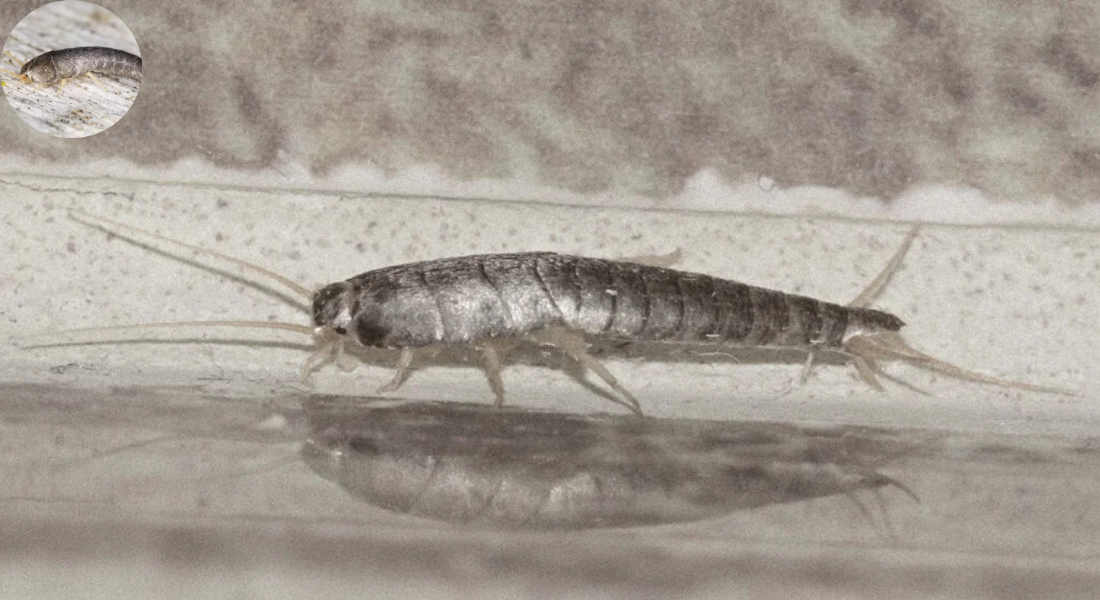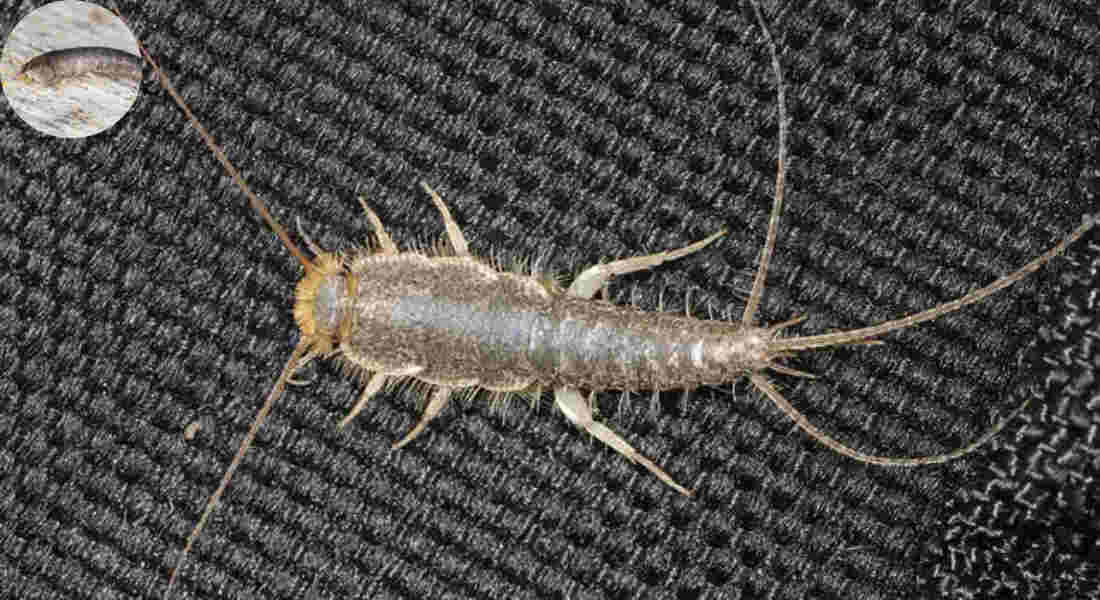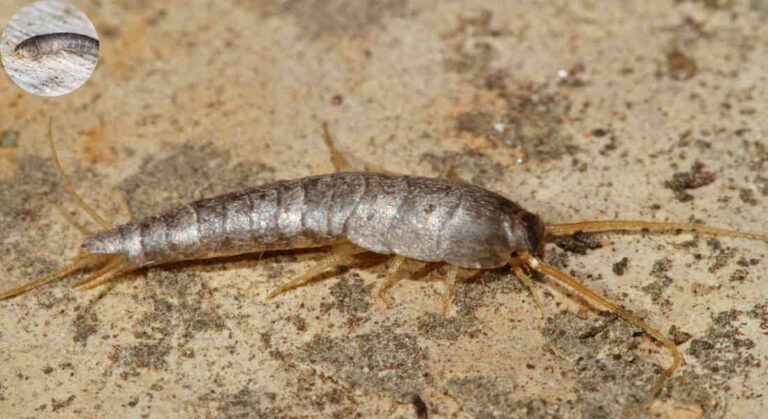Silverfish are small, nocturnal insects that often find their way into homes seeking food and moisture. They typically enter through tiny cracks, gaps, and crevices in the structure of a house, including damaged doors, windows, walls, and foundation areas. These pests can also hitch a ride indoors on infested items such as cardboard boxes, books, fabric, firewood, or dry food products that contain starch or sugar.
Common Facts and Myths about Silverfish
Silverfish are fascinating yet often misunderstood creatures. Many people think they can jump, but that’s a myth. They glide quickly and have a smooth movement that can be mistaken for jumping.
While they do eat paper, glue, and some fabrics, their impact is usually minor compared to other pests like termites.
Some believe these insects only thrive in dirty environments. In reality, silverfish prefer dark, damp places regardless of cleanliness levels.
Many also fear that silverfish bite humans; however, this isn’t true as they rarely pose any direct threat to people or pets.
Understanding these facts helps dispel fears and promotes better control methods when necessary. Even though they are unwelcome, silverfish are simply part of the ecosystem.
How Silverfish Get into Your Home
The ability of silverfish to infiltrate homes without being noticed makes them notorious.They thrive in dark, moist environments and can squeeze through the tiniest of cracks.
These insects are primarily nocturnal, which means they tend to venture out at night when it’s quiet. They might hitch a ride inside through boxes or bags that have been stored in damp places like basements or attics.
Silverfish can travel along pipes and emerge where there’s moisture—like your bathroom or kitchen.
They’re also attracted to paper products such as books and magazines. Silverfish might find these items if left unattended!! This makes it crucial to keep an eye on storage areas and ensure things remain organized and dry.
You may also read (what are the key disadvantages of a house trust).
Signs of a Silverfish Infestation
Spotting a silverfish infestation isn’t as tricky as it might seem. One of the first signs is finding small, pepper-like droppings scattered in corners or near baseboards. These tiny feces can be a clear indicator that you have company.
During their life cycle, silverfish molt several times, leaving behind translucent exoskeletons.Look for these discarded shells in places where they like to hide, such as bathrooms and attics.
You may also notice damaged paper products or fabrics around your home. Book bindings, wallpaper, and even natural fiber clothing are favorites of silverfish.. If you find holes or yellow stains on your belongings, take note; this could mean trouble.
Keep an eye out for any unusual activity at night when silverfish are most active. Seeing them scurry away quickly can signal that you’ve got an unwelcome infestation on your hands!
Prevention and Control Methods for Silverfish
To keep silverfish at bay, maintaining a clean home is essential. Regular vacuuming removes debris and food sources that attract these pests. Pay special attention to areas like basements, bathrooms, and kitchens where moisture tends to accumulate.
Sealing cracks and gaps in walls or around windows can significantly reduce entry points. Use caulk or weather stripping to close off potential access routes for silverfish.
Preventing mold also requires managing humidity levels.. Invest in a dehumidifier if your home is prone to dampness. Aim for indoor humidity below 50% to create an unwelcoming environment for these insects.
Consider using airtight containers for storing paper goods and pantry items. Silverfish are notorious for munching on cardboard boxes and old books—keeping them secure will deter their appetite effectively.
You may also read (after being away my house smells musty why).
Natural Remedies for Getting Rid of Silverfish
For those looking for a more natural approach to managing silverfish, several remedies can help deter these pesky pests. First, consider using essential oils. Scents like lavender and citrus are particularly effective at keeping silverfish away. Simply mix a few drops with water in a spray bottle and apply it around potential entry points.
Diatomaceous earth is another great option. This powdery substance is harmless to humans and pets but lethal to insects. Sprinkle it in areas where you’ve spotted silverfish or think they might enter your home.
Peppermint tea bags can also be used as a deterrent; simply place them in cupboards or drawers where you’ve noticed activity. The strong aroma helps repel silverfish while adding a pleasant scent to your space.
Maintaining proper humidity levels within your home can significantly reduce the likelihood of an infestation. Silverfish thrive in moist environments, so using dehumidifiers or ensuring good ventilation can make your home less appealing to them.
By employing these natural methods alongside preventive measures, you’ll create an environment that’s far less inviting for silverfish while keeping your living space safe and healthy.
You may also read (why are woodlouse in my house).

